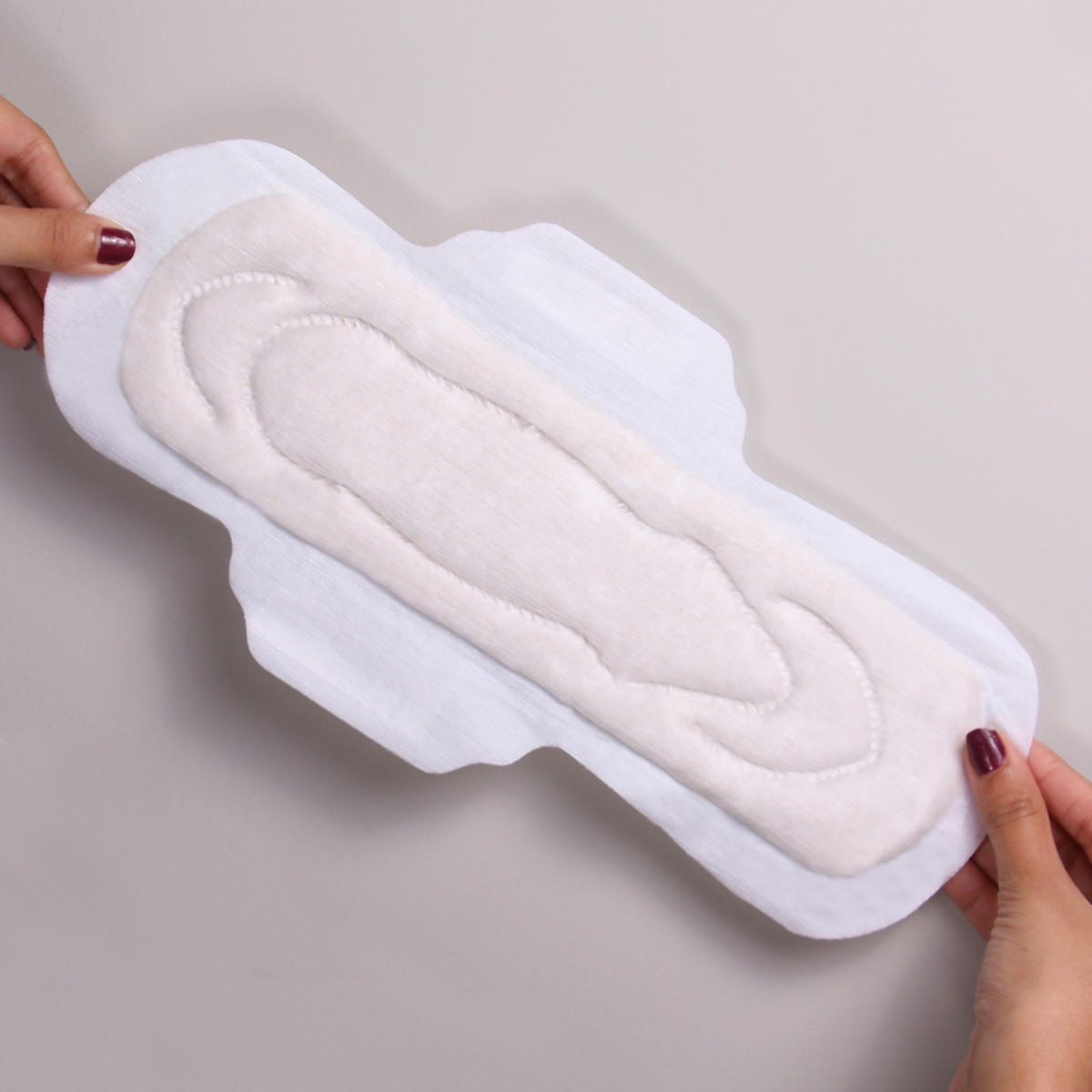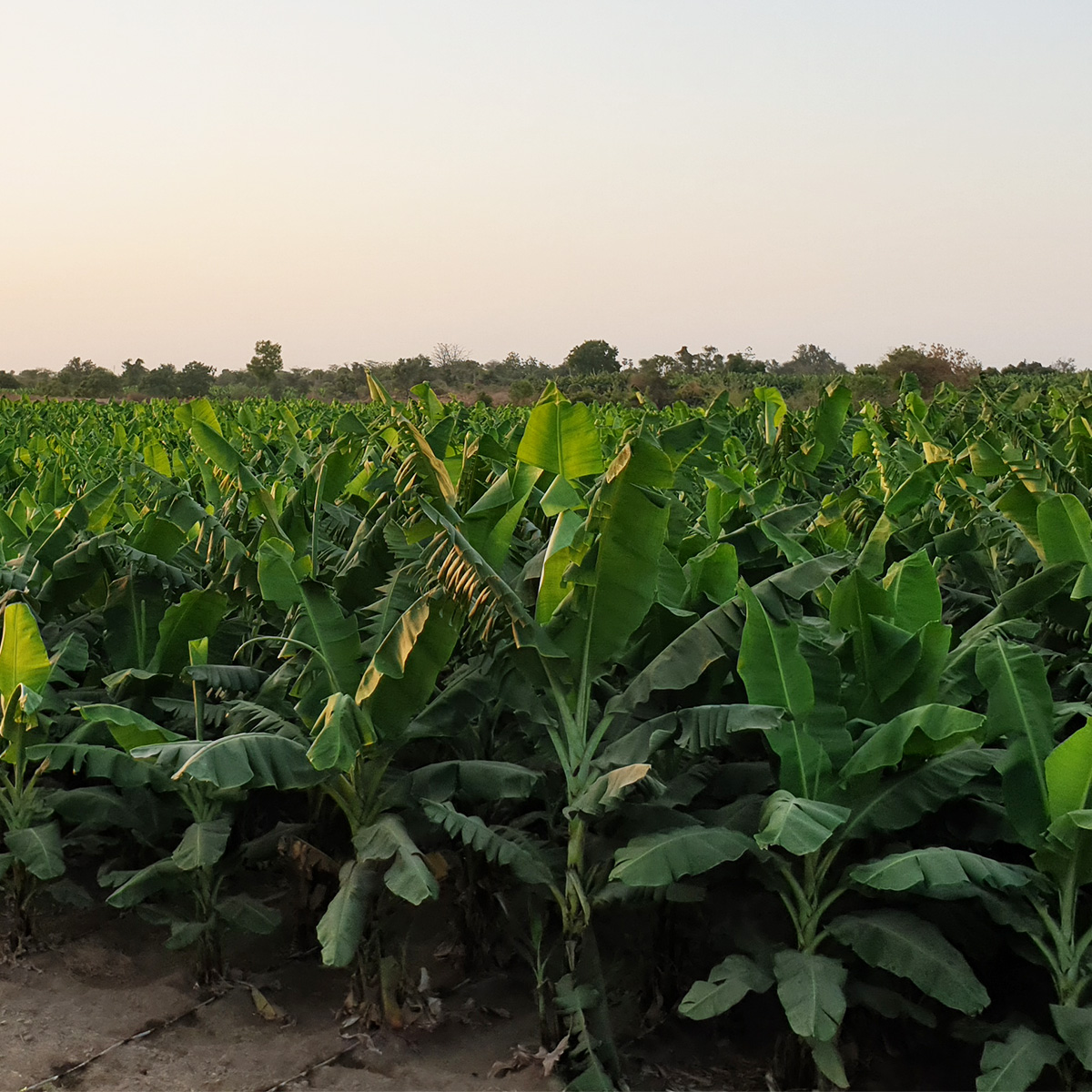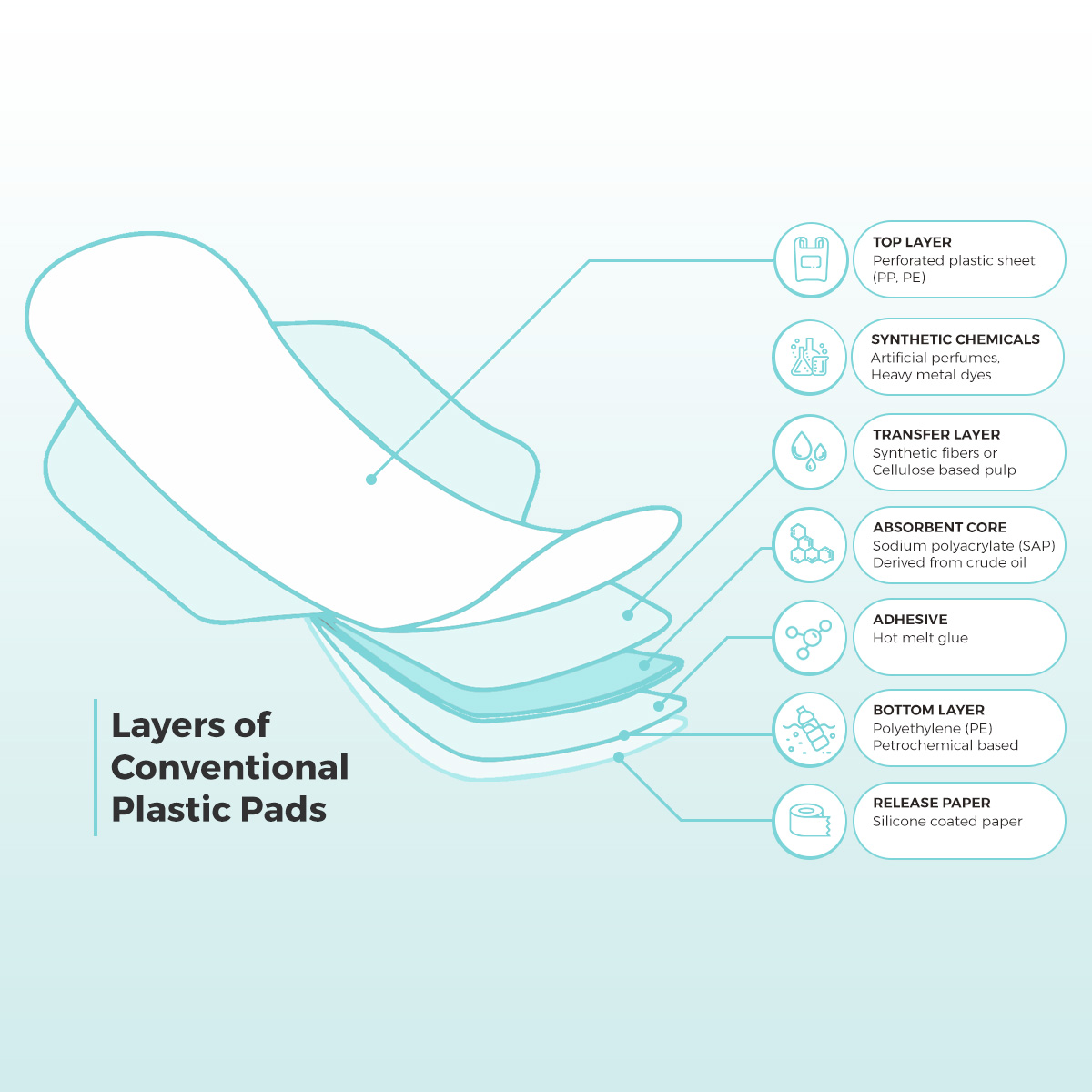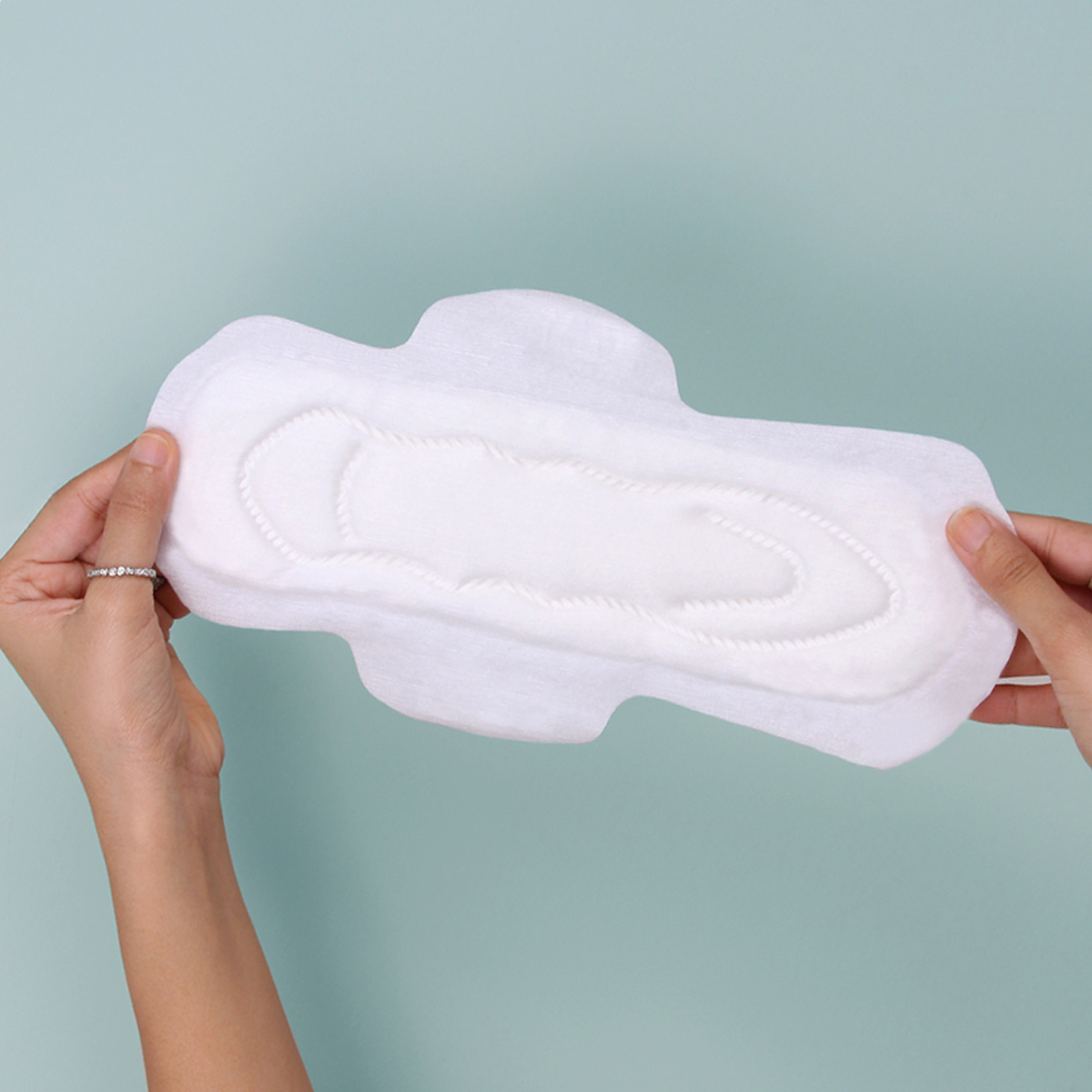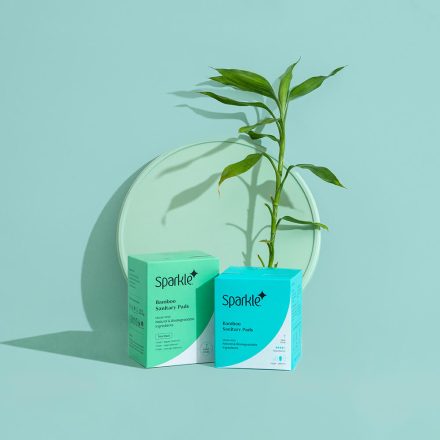With the world coming to terms with what is happening to our environment, the thought of how the Earth is going to be, ten years from now, is quite overwhelming. The main reason for environmental pollution today is the use, accumulation and disposal of plastic – in fact, research done by Hygiene Alliance of India (MHAI) shows that India disposes approximately 12.3 billion sanitary napkins every year, out of which the majority are non-biodegradable. Therefore, it goes without saying that synthetic pads add a major component to the accumulation of plastic waste in our surroundings. The only way to overcome this environmental issue is by switching to natural sanitary pads that are biodegradable. The ways in which these pads help you and your surroundings are infinite. When you decide to make the switch from synthetic to natural, you start contributing significantly to various environmental measures that can eventually help in increasing the Earth’s lifespan.
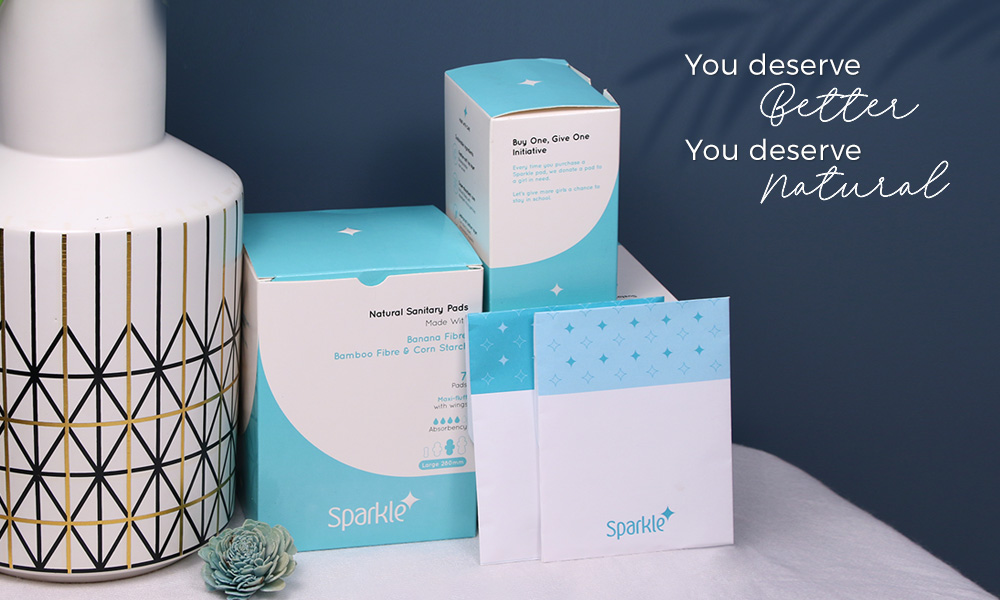
Given below are a few ways in which natural pads can change your life for the better:
1. Free From Those Rosy Rashes
Synthetic sanitary pads are usually made of plastic-based fibres. They are bleached with chlorine and often contain artificial fragrances and dyes that may be harmful to your body. Harsh chemicals present in your pads can lead to unforeseen complications as the skin around your genitalia is quite sensitive and prone to rashes while using synthetic pads. Natural pads, on the other hand, do not contain harmful chemicals, thus relieving your skin from redness and rashes during your menstruating days.
2. The Cleanliness Clause
Natural pads are unscented and free from chemicals – they are made from contamination-free substances such as plant-based fibres and breathable materials. Therefore, while using natural pads, your skin is not exposed to any harmful chemicals. Made with sustainable ingredients, natural pads also allow airflow into your intimate areas. Another interesting fact is that these pads also contain super-absorbent cores made of plant-based materials such as banana fibres that reduce the risks of leakage. In this manner, they help in safeguarding you in more than one way – they reduce the risk of reproductive health problems, maintain hygiene in your private areas as well keep you covered, literally!
3. No More Chemicals
Pads made out of natural fibres are free from harmful chemicals. They are not bleached in chlorine and do not contain dioxin. If dioxins get accumulated in your body, they can cause serious health risks and diseases such as immune system damage, diabetes, hormone dysfunction, pelvic inflammatory disease, ovarian cancer, and UTIs. Natural pads provide an absorbent core made of natural fibres.
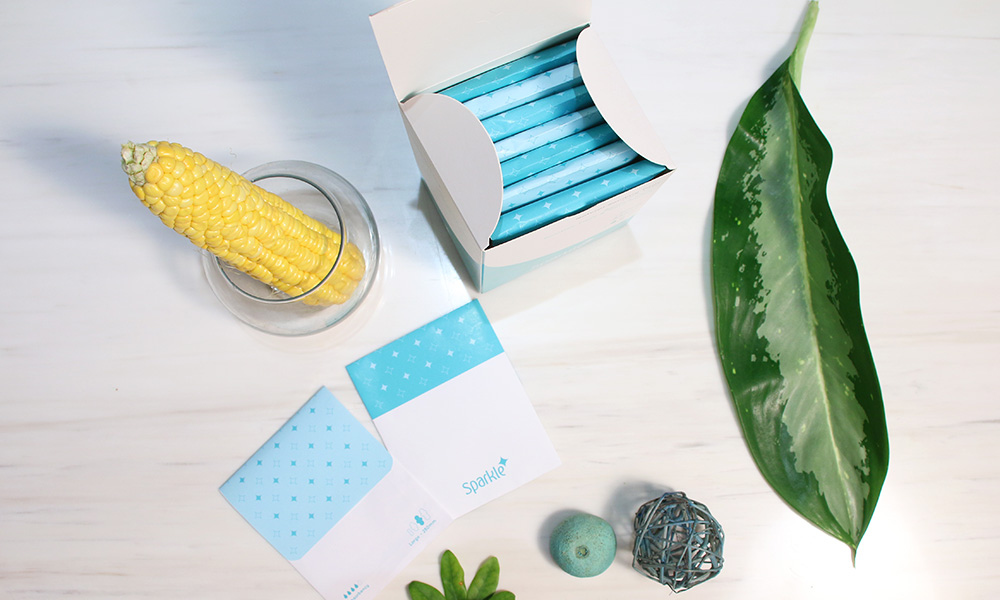
4. Friendly To Our Four-Legged Friends
Natural pads are free from ingredients that are harmful to animals. For instance, banana fibre is one of the raw materials that is used by natural pad-manufacturing companies. These banana fibres are extracted from discarded banana stems. Farmers typically throw them away after each harvest. Hence, natural pads have their origin in organic habitats that are free from harmful synthetic chemicals.
5. Recommended By Experts
Gynaecologists all over the country recommend natural pads over synthetic ones because of the innumerable benefits provided by them, and hassle-free methods by which they can be disposed of. In addition, natural pads use plant-based sustainable ingredients that offer irritation-free period experiences, especially for those with sensitive skin.
6. Cost Is A Myth
One of the most propagated stereotypes is that natural pads are way more expensive than synthetic ones. When you look at the differences between how natural pads and how synthetic pads are manufactured, you can clearly see that the amount of effort that goes into the making of natural pads is way more than that of synthetic pads.
At a first glance, natural pads may seem slightly expensive compared to low cost and low-quality mass-produced plastic pads that may also contain many harmful synthetic chemicals. However, since you are going to be using around 8,000 – 10,000 pads over the course of 40 years, you should also consider long term implications of what’s inside your pads and how these ingredients affect your body. In fact, with the money you pay for a premium quality synthetic pad, you can get your hands on its sustainable alternative without much hassle.
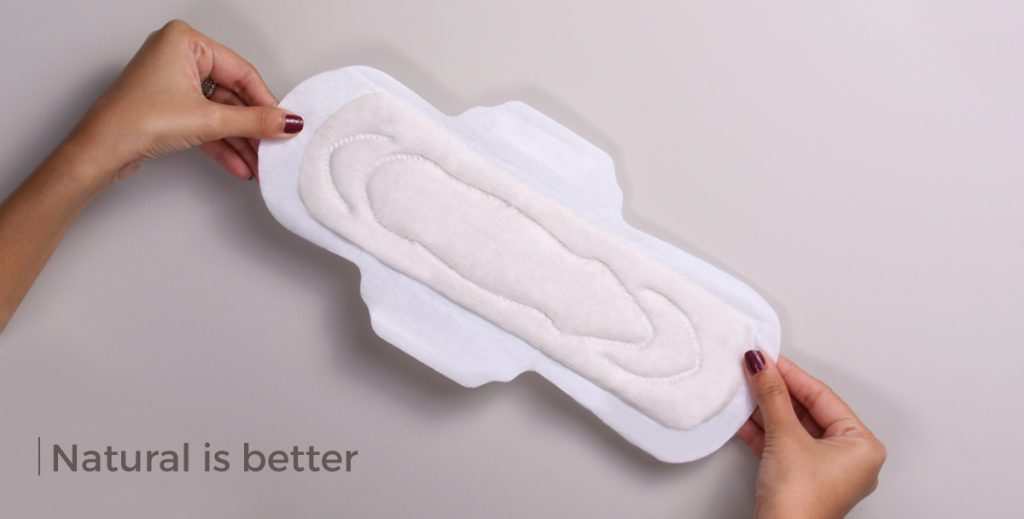
7. Go 100% Environment-Friendly
Researchers say that a year’s worth of disposable period products leave a carbon footprint of 5.3 kg CO2. Natural sanitary pads do not add to the accumulation of plastic waste in the environment, unlike synthetic pads which are not biodegradable in nature.
Conventional sanitary pads contain around 3.5g of petrochemical plastic with every sanitary pad releasing 21 grams of carbon dioxide in the process. Thousands of tonnes of sanitary pad waste remain unchanged in the landfill for over 600-800 years after disposal. Women in India alone generate around 150,000 tons of pad waste per year. If all of 355 million women start using pads, it would result in around 1,000,000 tons of pad waste annually.
The Natural Takeaway:
There are a number of successful campaigns conducted by various NGOs and environmental activists to bring about changes in our menstrual practices such as a plastic-free period and many more. Natural sanitary pads are better for your body, the environment and the wildlife. Switching to this sustainable solution is thus the most future-conscious decision that a woman can make in her lifetime.
Are you ready to make the environment-friendly switch yet?

